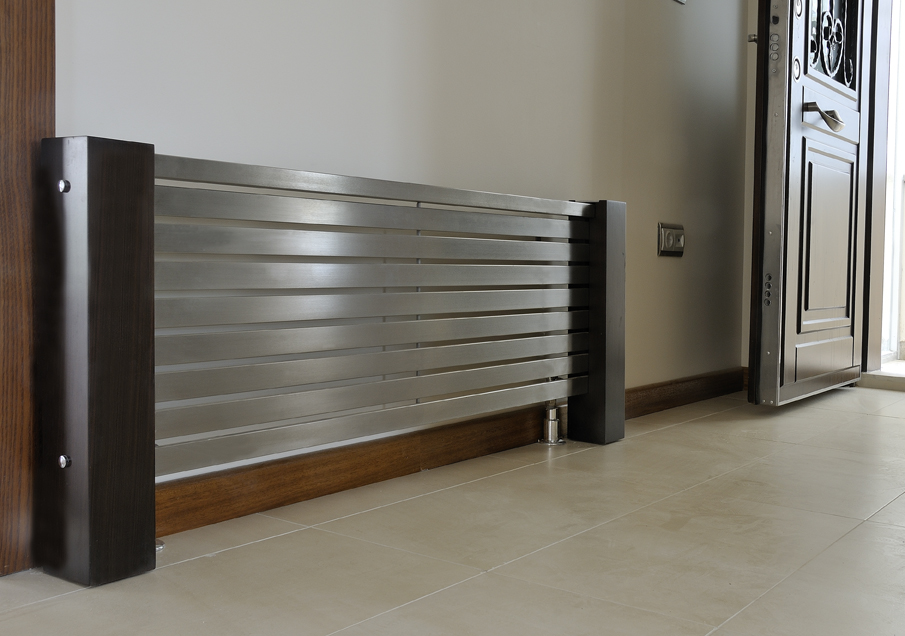Radiators

Radiators are heat exchangers and they are used to transfer thermal energy from one medium to another for cooling and/or heating. Majority of the radiators are constructed to be used in automobiles, buildings, and electronic devices. In a cold environment, a radiator is used as a source of heat. It can also be used to cool fluid or coolants supplied to it for engine cooling.
Radiators are commonly used to heat buildings and homes. By mechanism, hot water or steam is generated in a central boiler and then is circulated by pumps through radiators to produce and sustain heat in a building. This heat is then transferred to the surroundings.
A widely known type of radiator is made from aluminum. This is because aluminum is a superb conductor of heat. It has an emissivity level that's 5 times better than that of steel. This fact alone makes aluminum perfect for radiator construction.
Aluminum radiators are also much lighter than steel or cast iron. This means that they are suitable to be installed on all types of wall. And they can heat up pretty much any space! This makes aluminum radiators quicker to get installed on the wall and will take less time and manpower to do it. This will mean less cost of installation! Lastly, aluminum radiators come in a variety of style, color, design, and material. They scream good looks and are designed to blend in harmoniously with most surroundings.
One disadvantage of using an aluminum radiator: while aluminum is corrosion resistant, it is of serious alkali corrosion. So to protect the system, water that goes into the radiator should be alkali. This is because the boiler and the pipes of the heating system are usually made of steel.
Sources:
- https://en.wikipedia.org/wiki/Radiator
Check also our previous blog >> Designer Radiator
